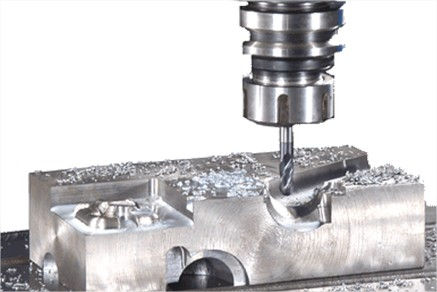
Aluminum, despite being the most abundant metal element in the earth’s crust, is the youngest metal used on an industrial scale. Its low density, high electrical and thermal conductivity, high coefficient of thermal expansion, high corrosion resistance and low melting point give it a multiplicity of applications, especially in aeronautical and naval engineering solutions.
As an example, between 75 and 80% of a commercial aircraft is produced from aluminum.
Due to its high functionality in all sectors of industry and its high ease of industrial processing, it is produced on a colossal scale, about 58,000,000 tons per year.

While the industrial processing of aluminum is, depending on the application, favored by its mechanical-metallurgical characteristics, the welding of this material becomes an extremely complex process, requiring a strict control over all its parameters.
What are the peculiarities of aluminum and how we can overcome these challenges to provide quality welding for high performance applications?
Aluminum has a high coefficient of thermal conductivity (237 W(m*K)). This property mainly affects welding processes that must be performed with longer weld bead lengths. At the beginning of welding, the plate is still cold, and is rapidly heated and has its heat transmitted throughout its area. During welding, if the parameters are maintained, the previously satisfactory cord will present excessive energy, resulting in excessive wetting and penetration. In order to overcome this challenge, it is possible to use preheating of the material to be welded, and control of the electronic parameters during welding.
Also, its high coefficient of thermal expansion can be correlated with the formation of solidification cracks in the molten zone, generated by the contraction of the solidifying liquid metal. In the process of solidification of the melting puddle, there is a significant contraction of the metal. Meanwhile, in the adjacent regions (Thermally Affected Zone and Base Metal), the contraction occurs much less, because the temperatures reached were not so high, not even liquid-solid transformation. Due to these factors, tensile stresses develop in the weld metal, whose magnitude increases with several factors, such as the thickness of the parts and the restriction of the joint. This type of cracks occurs in intergranular form, at the end of the solidification, when the trative tensions collapse the remaining liquid.

Porosity is a discontinuity element commonly found in aluminum welds. This fact is mainly due to the low solubility of hydrogen in aluminum at low temperatures.


During welding, the hydrogen solubility becomes very high due to the high process temperature. With rapid cooling during the melting pool solidification, hydrogen, now no longer soluble, can not move in a timely fashion towards the atmosphere, and remains trapped inside the pore material. To avoid this defect, it is advisable to use controlled cooling after the end of the welding process.
In welding processes with dynamic wire feed, the high ductility of the aluminum becomes unwanted, since it is common tensile and compression efforts of the material during the dynamic movement of wire feed, and can even result in the rupture of the material inside the feeder of wire.

The most critical feature of aluminum in relation to welding processes is perhaps the existence of the passivation layer, consisting of oxide on the surface of the material, stability, low electrical conductivity and high melting temperature. Aluminum in its pure state has a melting point of 660 °C, while its oxide, alumina, has a melting point of 2072 °C. This large difference necessitates a previous cleaning of the surface to be welded to remove the excess of the existing oxide. Still, in some arc welding processes, it is highly recommended to use the current in the reverse polarity (or alternating) to perform the cathodic cleaning during the process itself.

In laser welding processes, due to the process does not require a flow electric current in the material to be welded, and the heat generated by the beam is much higher and more concentrated than in arc processes, such cleaning becomes unnecessary since the oxide is instantaneously fused.
Other welding processes that do not use the electric arc are also widely used in industry, such as spot welding and friction welding.
References: Peter Nielsen, Jonas Beermann, Ole Albrektsen, Søren Hassing, Per Morgen, and Sergey I. Bozhevolnyi, “Two-photon luminescence microscopy of large-area gold nanostructures on templates of anodized aluminum,” Opt. Express 18, 17040-17052 (2010) Haboudou,P. Peyre,A.B. Vannes,G. Peix, “Reduction of porosity content generated during Nd:YAG laser welding of A356 and AA5083 aluminium alloys”, Materials Science and Engineering, 20 December 2003 Brown, T. J.; Idoine, N. E.; Raycraft, E. R.; et al. (2018). World Mineral Production: 2012–2016


Comments